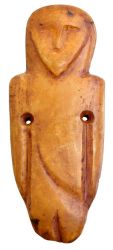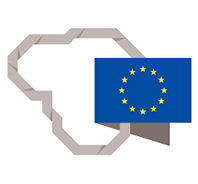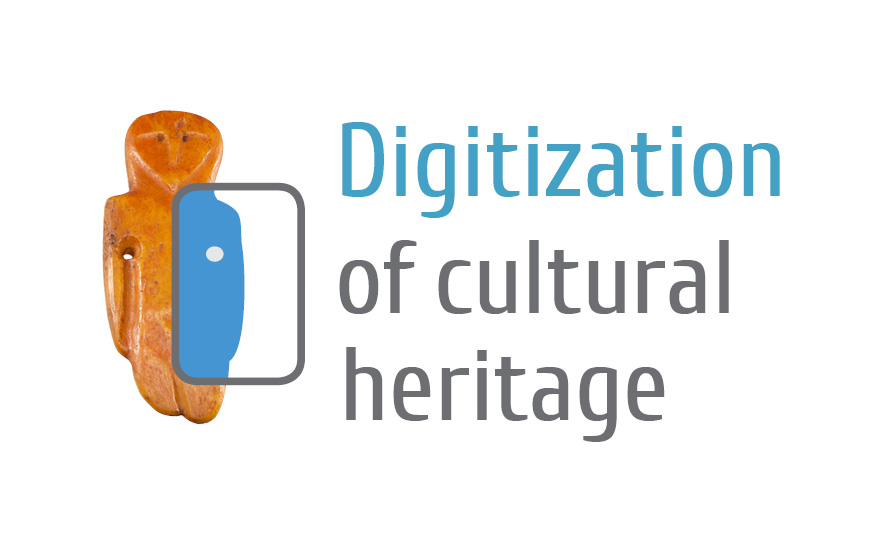-
-
Amber and its Practical Application
Ths virtual exhibition, based on the exposition of Palanga Amber Museum. introduces two principal themes: the formation of amber in the course of the Earth’s evolution and the use of amber in the history of culture.
How did amber form? 55-40 million years ago, in the old Scandinavian continent, the amber forest was growing under the conditions of a warm and damp climate. There, along with the conifers of the pine family, the subtropical plants were flourishing as well. These forests were a habitat of many different kinds of life, especially insects. As the climate was warming up, the amber trees failed to adapt to the new weather conditions, became very resinous and in the long run decayed. Abundant amounts of exuded resin gradually accumulated in the soil and under the influence of physical and chemical factors of the environment eventually turned into amber.
Articles of the archaeological amber prove the existence of nearly six thousand years’ amber processing tradition. The first articles of amber dating back to the 4th millennium BC are found together with the pieces of raw amber material in the eastern and southern regions of the present Baltic Sea. Later, in the Bronze Age, amber most actively spread by the continental Amber trade routes from the Baltic sea-coast to the Middle and Southern Europe. In the period of the Antique culture raw amber and its products were especially valued. Back then the production of amber articles was flourishing and the writers were suggesting a variety of versions of the origin of amber. The healing properties of amber were also described. The Balts (Lat. Aestiorum gentes) used to exchange amber for various articles of metal alloys, glass beads quite a big number of which are found by the archaeologists now during excavations. Baltic communities of the Roman and the later periods themselves used amber as a healing substance and as a material protecting against different calamities. It is reasonable to assume that amber necklaces and pendants were worn by the people in order to protect themselves from the diseases and the "sinister eye". It is also testified by the etymology of the word “amber”: the linguists tend to relate it with the verb “to defend” (in Lithuanian “ginti” [to defend] and “gintaras” [amber]). From this virtual exhibition one can get acquiainted also with the development of amber processing in the later ages.
Palanga Amber Museum, a subdivision of the Lithuanian Art Museum, was established in the former mansion of Count Feliksas Tiškevičius and his wife Antanina Korzbok-Łącka. The Counts had it designed by the famous German architect Franz Schwechten. The mansion was built in 1897 and is located in the park, which was laid out by the renowned French landscape architect Édouard François André. This exceptional park is one of the most beautiful places in Palanga. After World War II, the Rest Home for artists was opened here. On 3 August 1963 the first exposition of the Palanga Amber Museum was arranged in two rooms of this house. The opening of the museum was an important event in the Lithuanian cultural life. Shortly afterwards, the first exposition grew into a unique and important centre of amber collecting, investigating and popularising and has become one of the most visited museums in Lithuania. At present, the collections of the museum consist of more than 30 thousand exhibits, 5 thousand of which are introduced to the visitors in the permanent exposition. Each year it is expanded, complemented and enriched by the newly acquired artifacts.
-
Virtual Exhibitions






